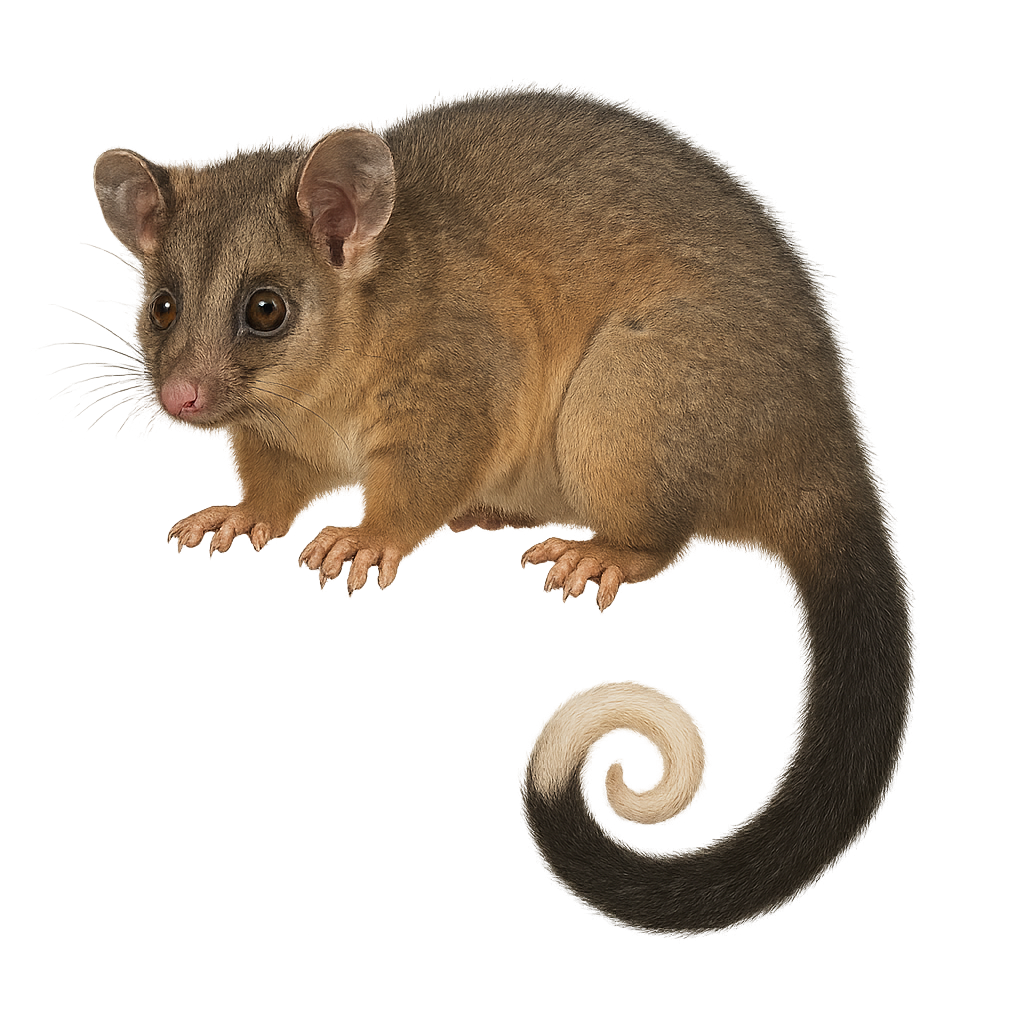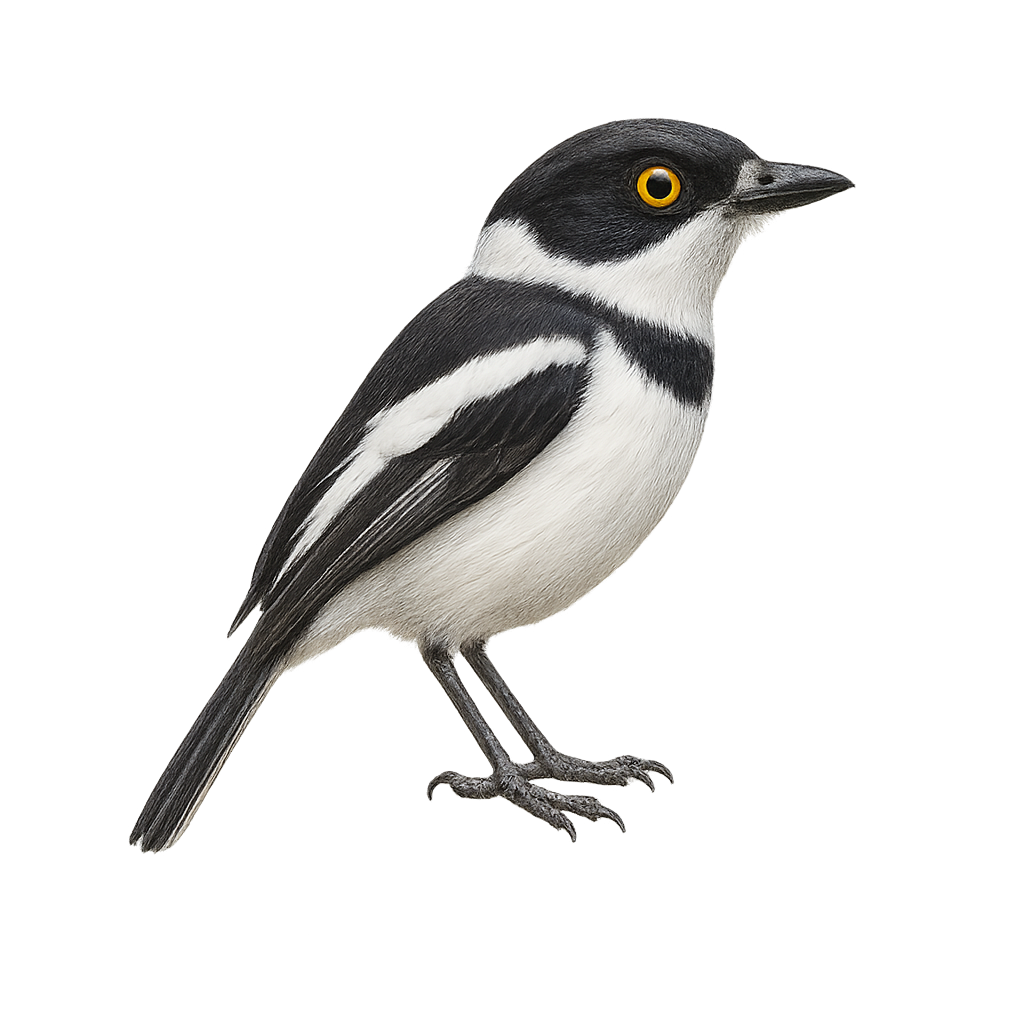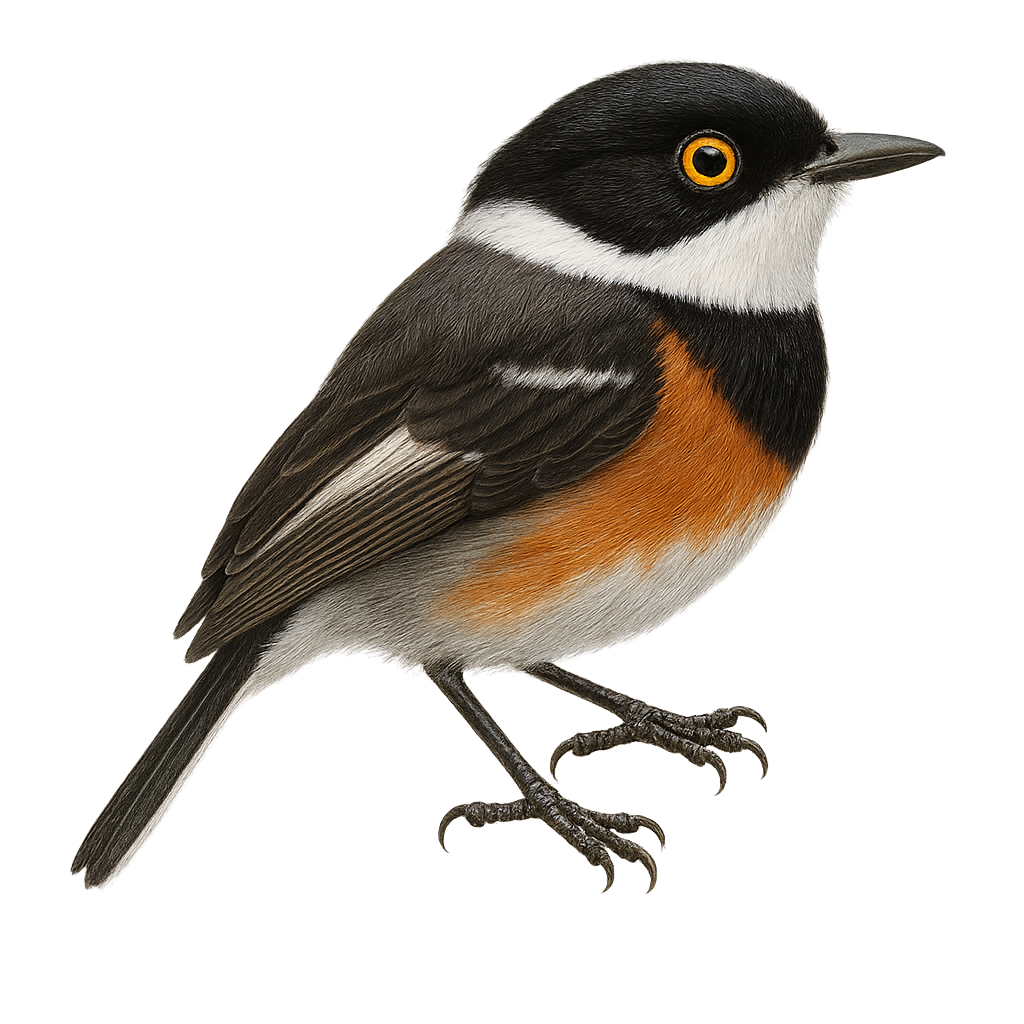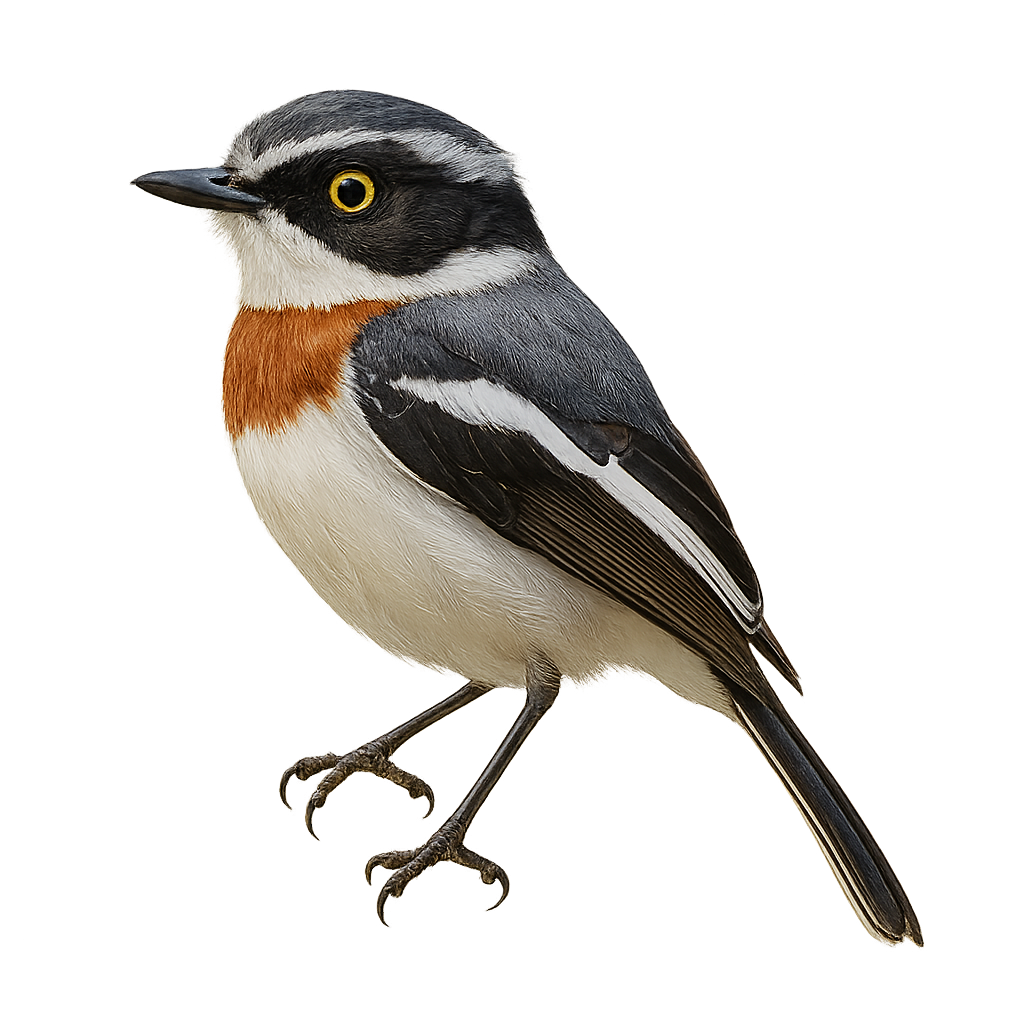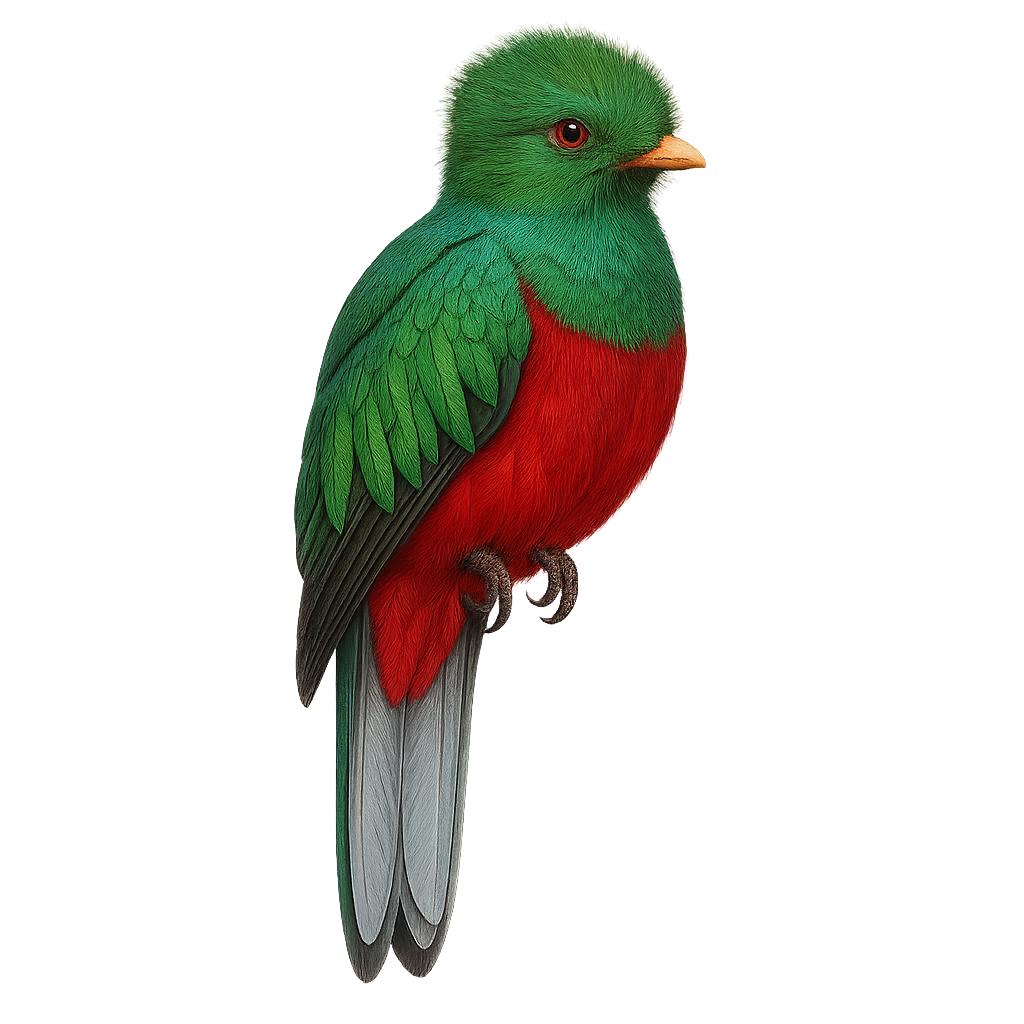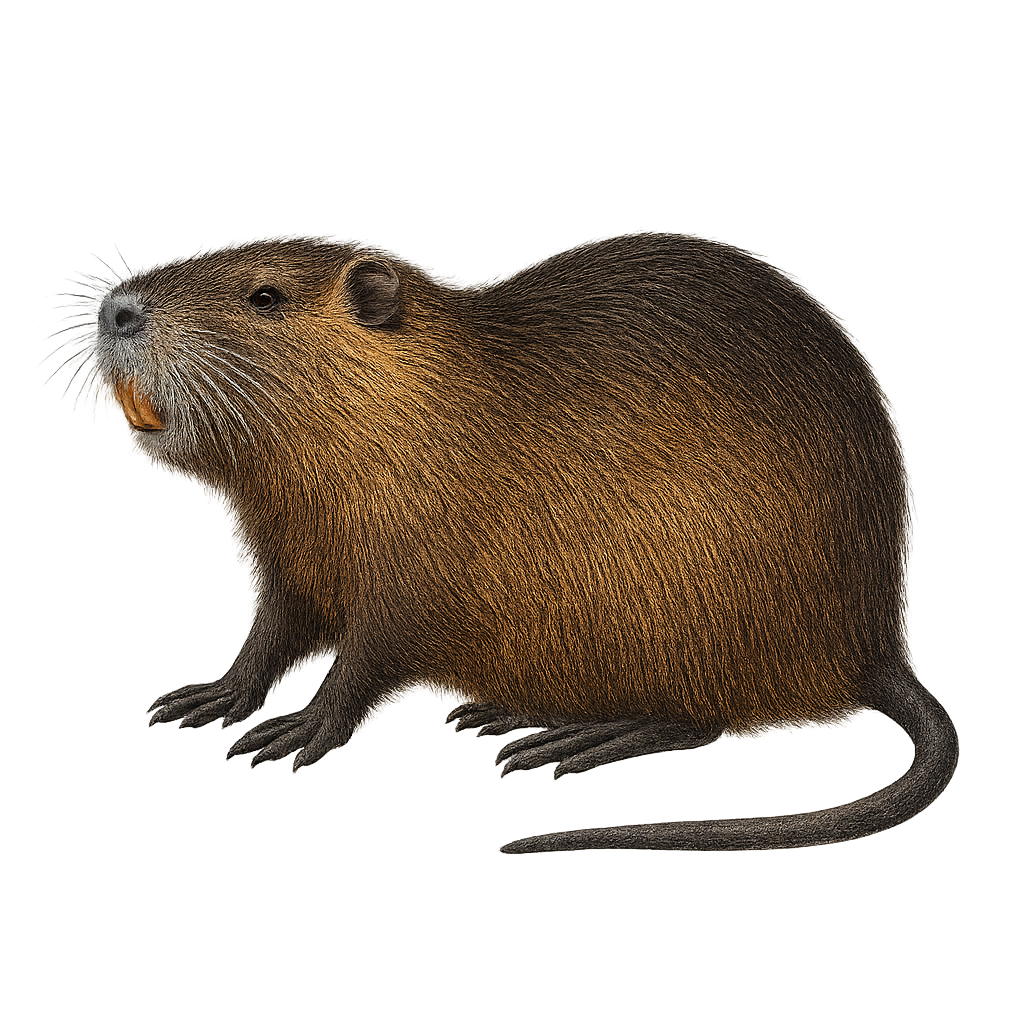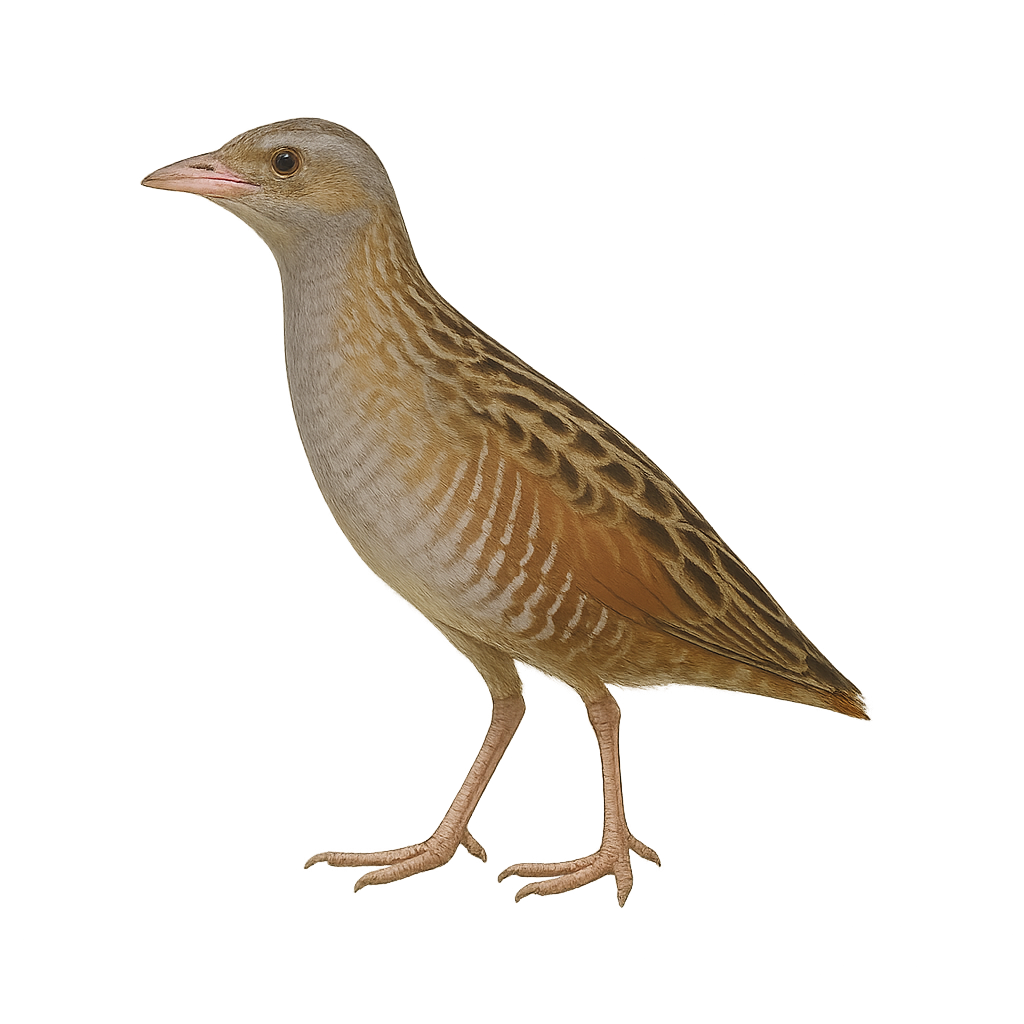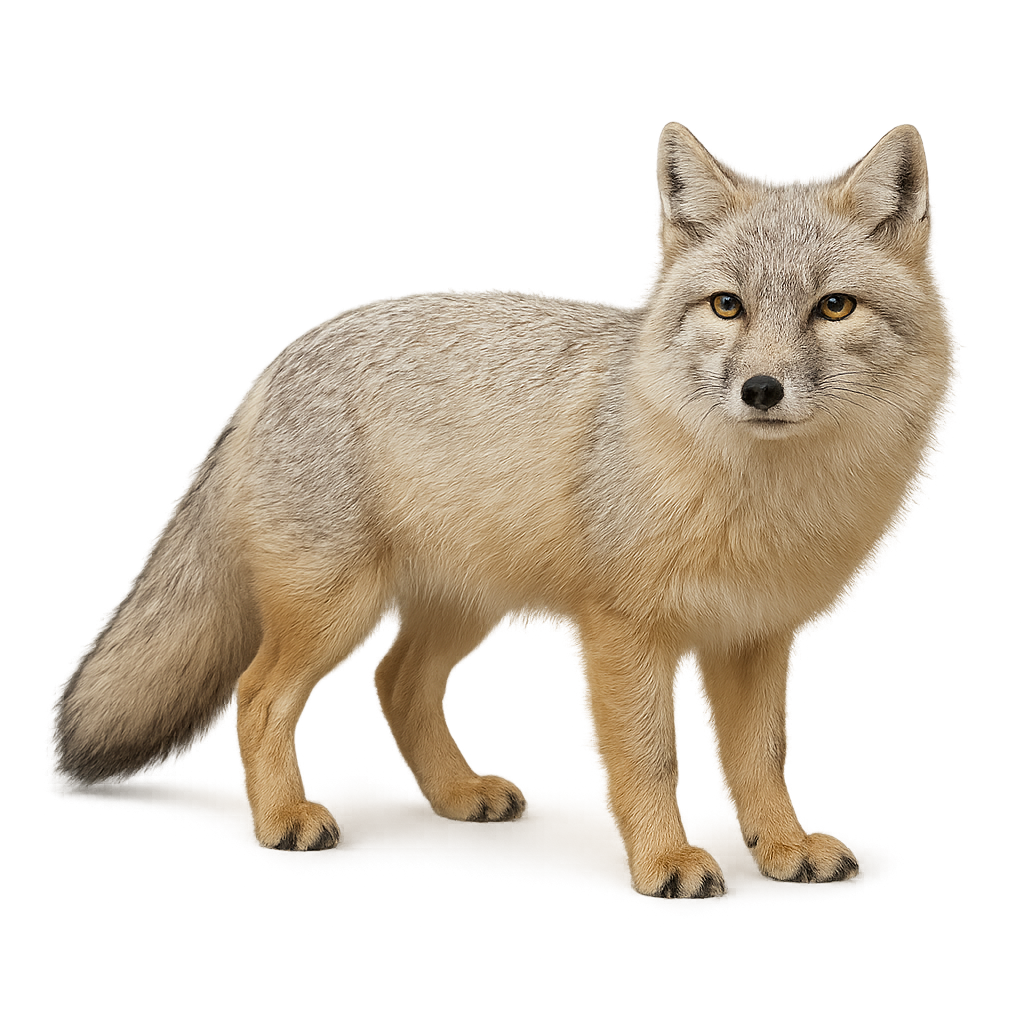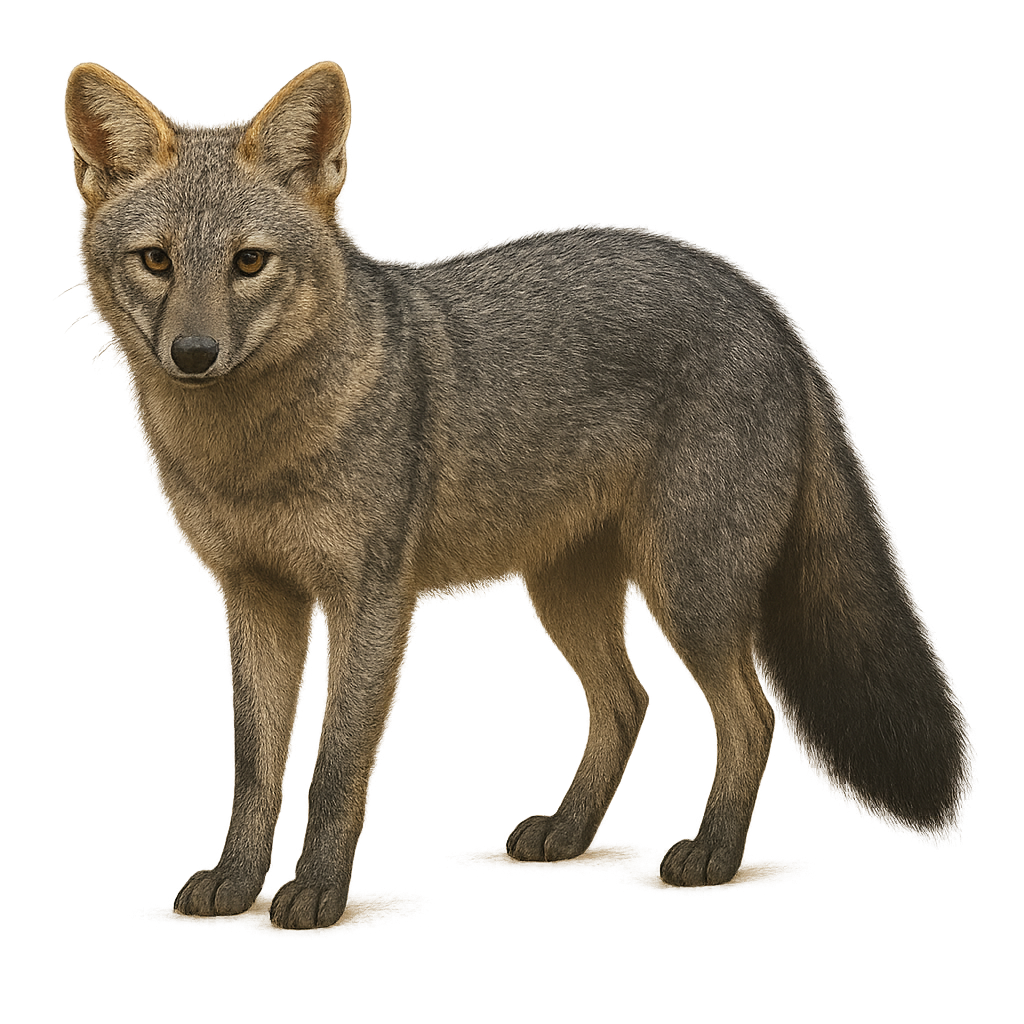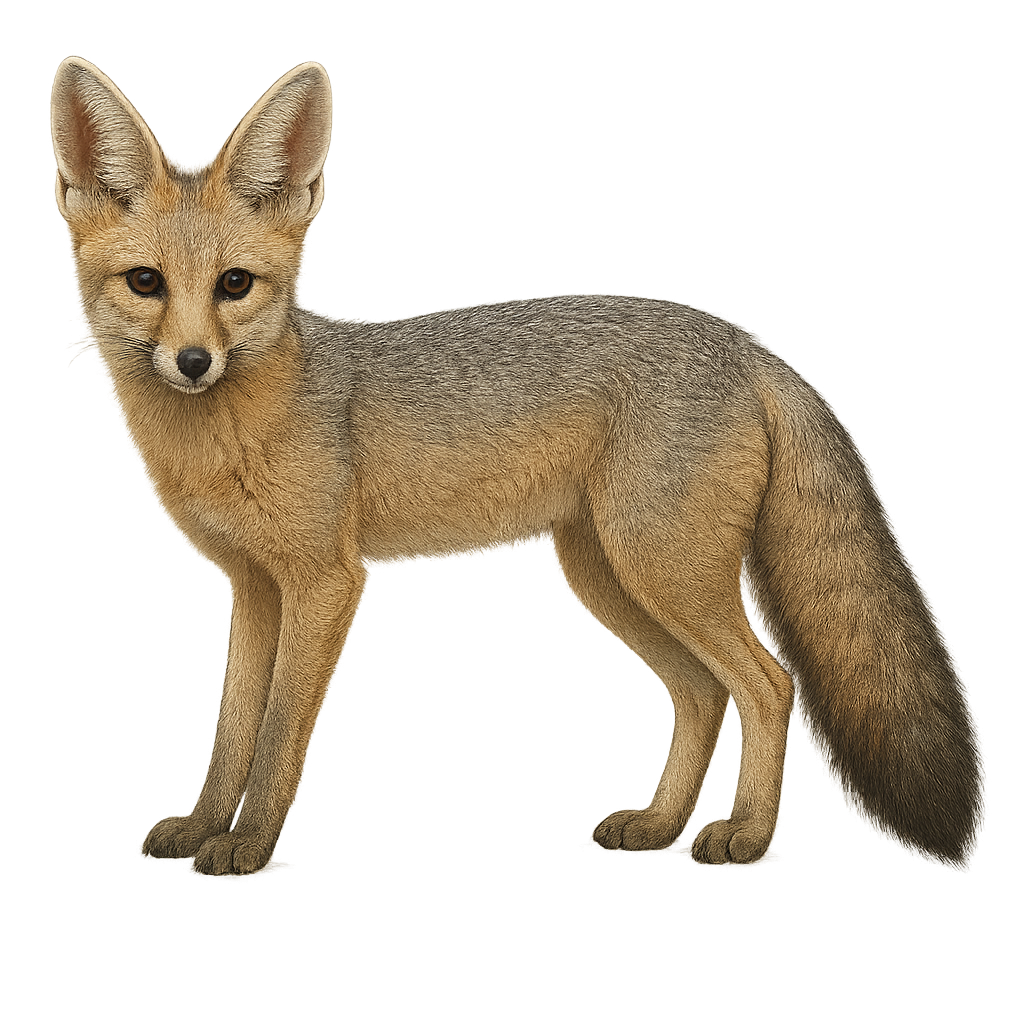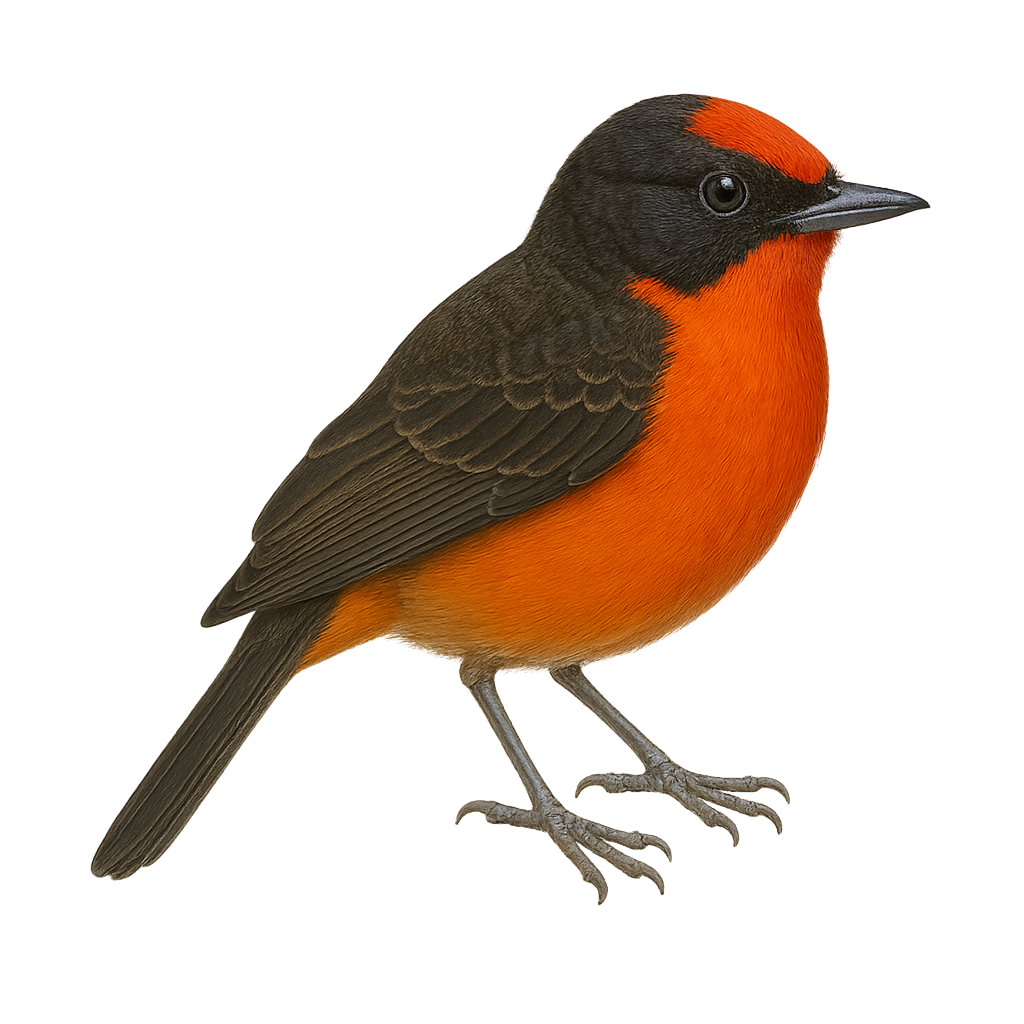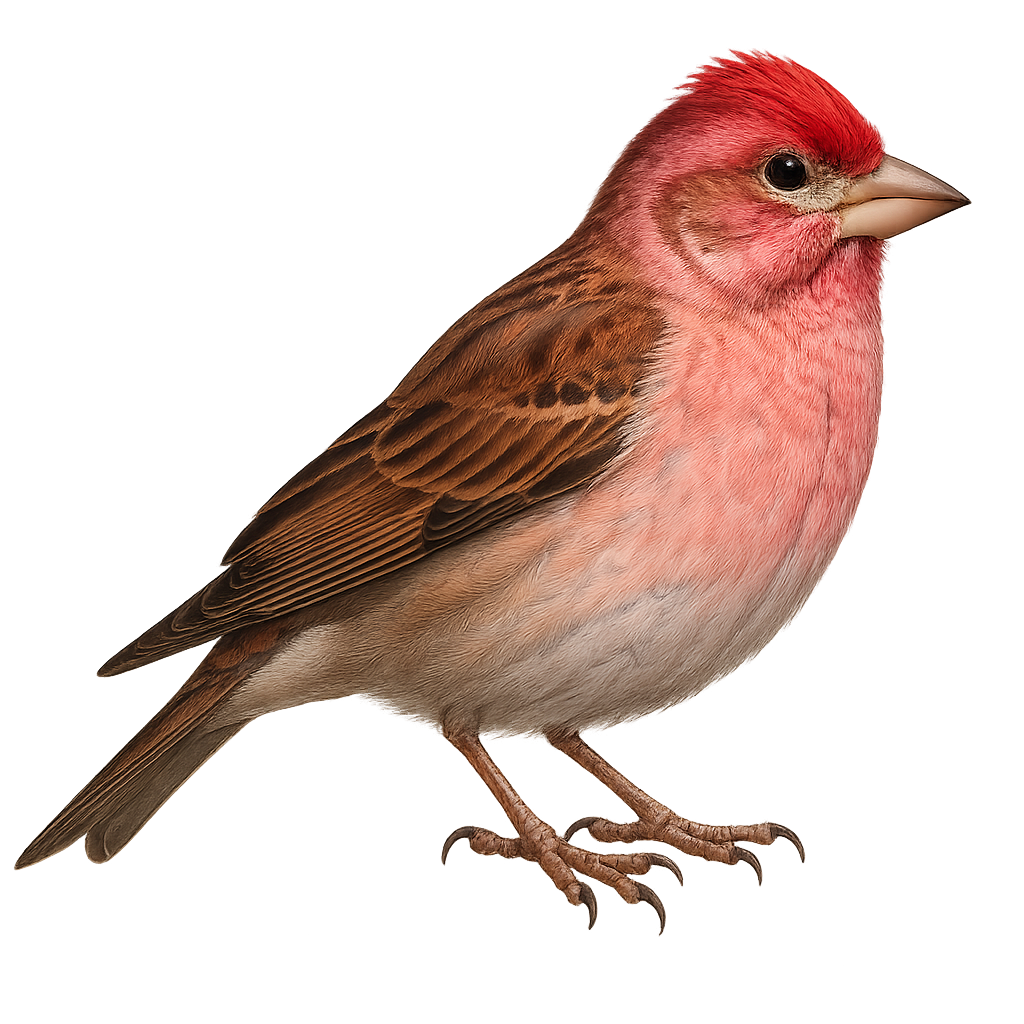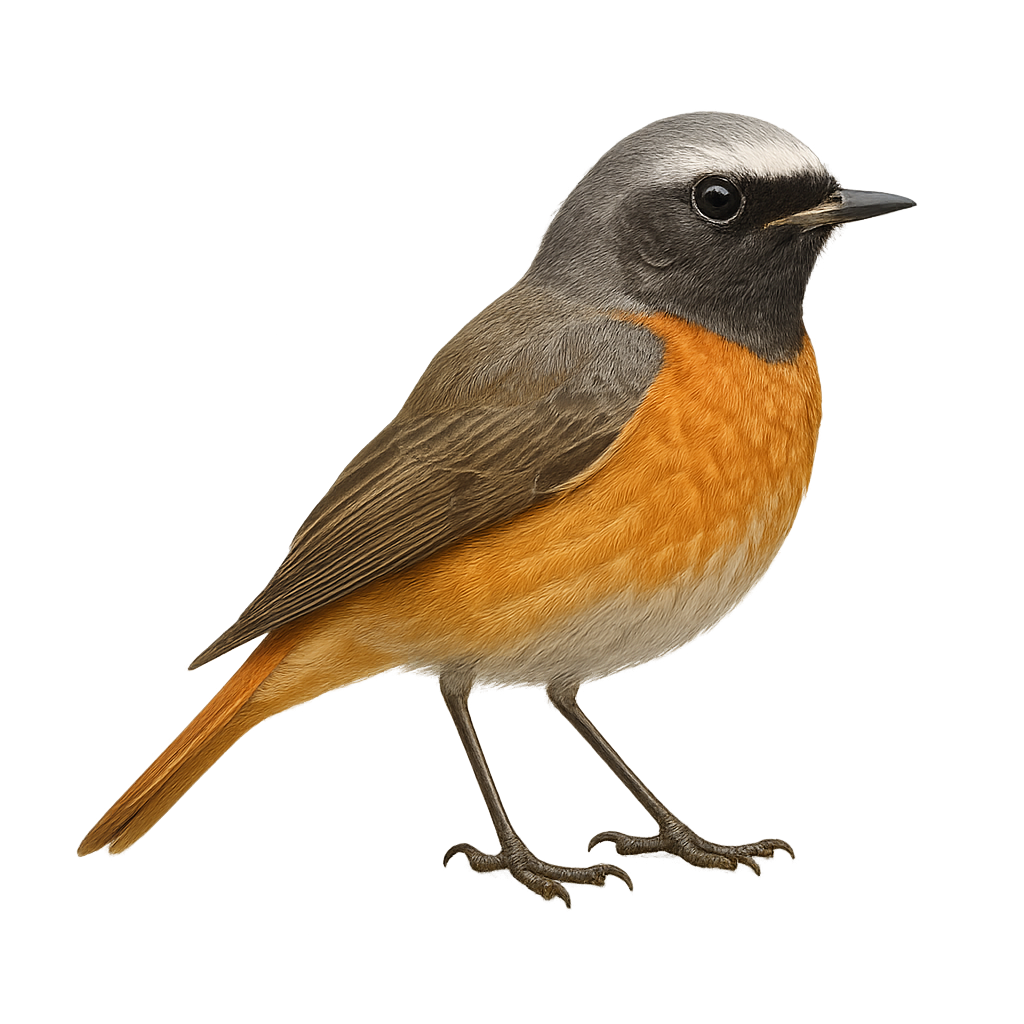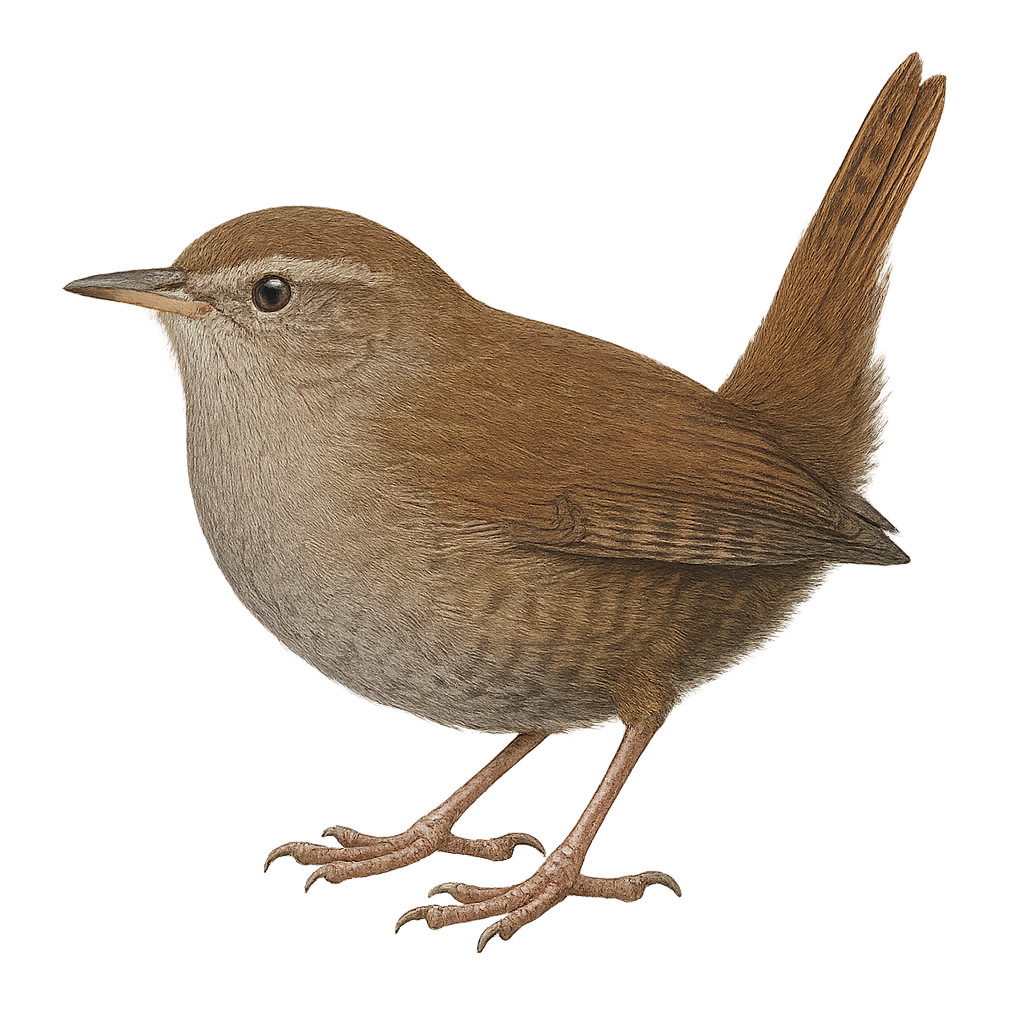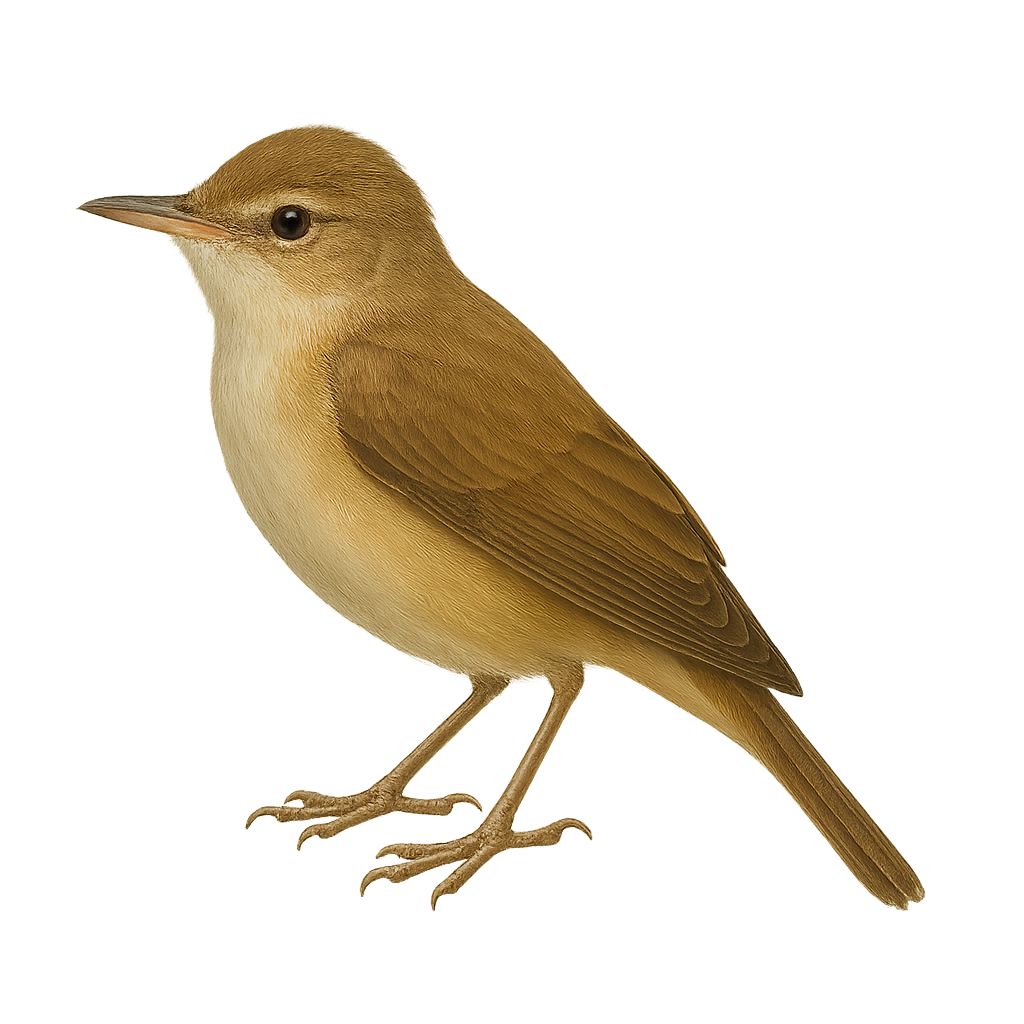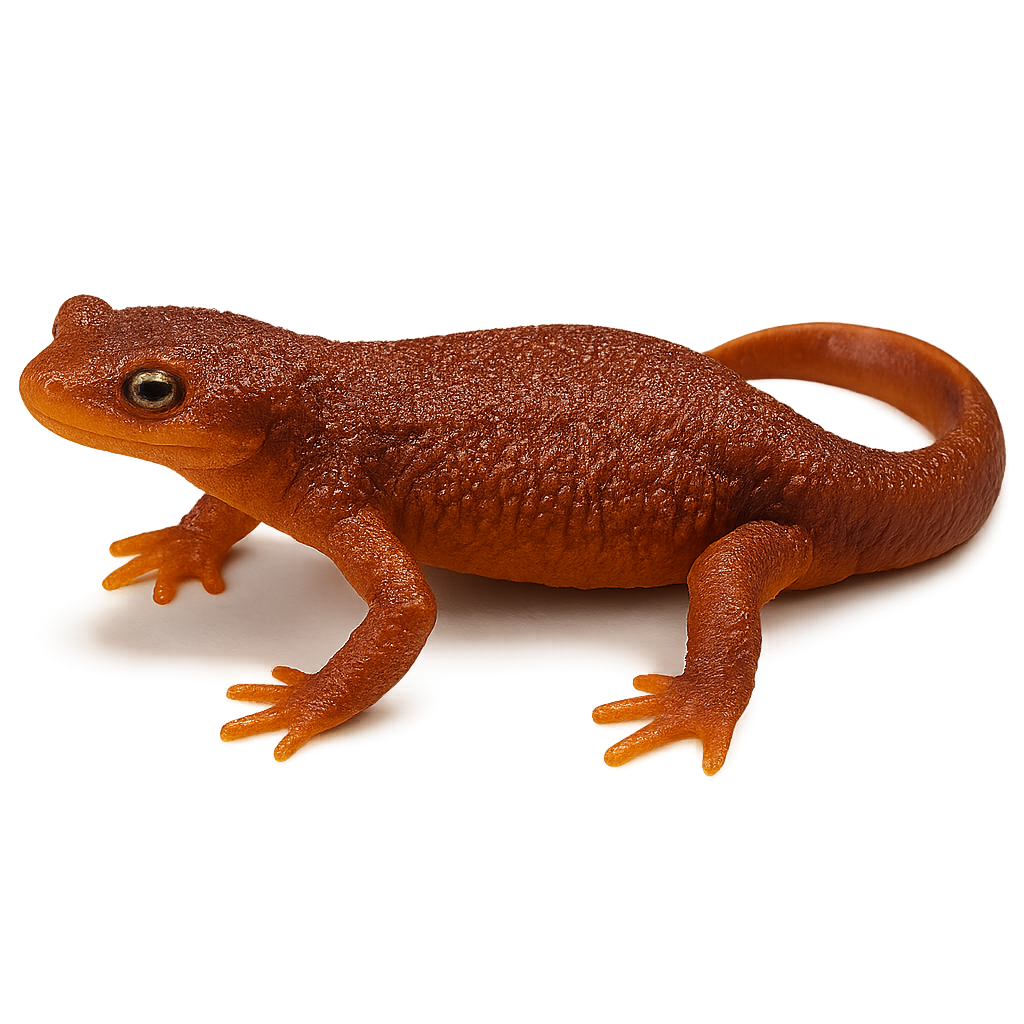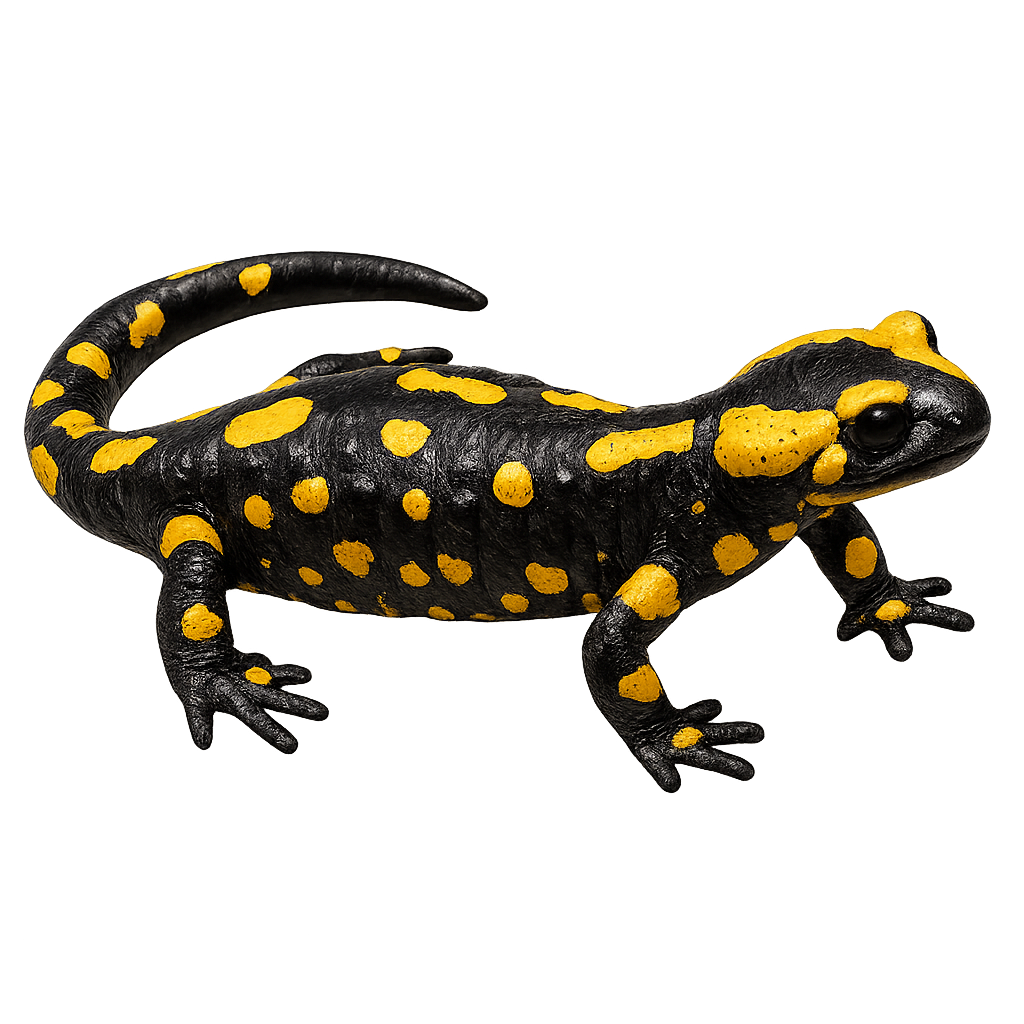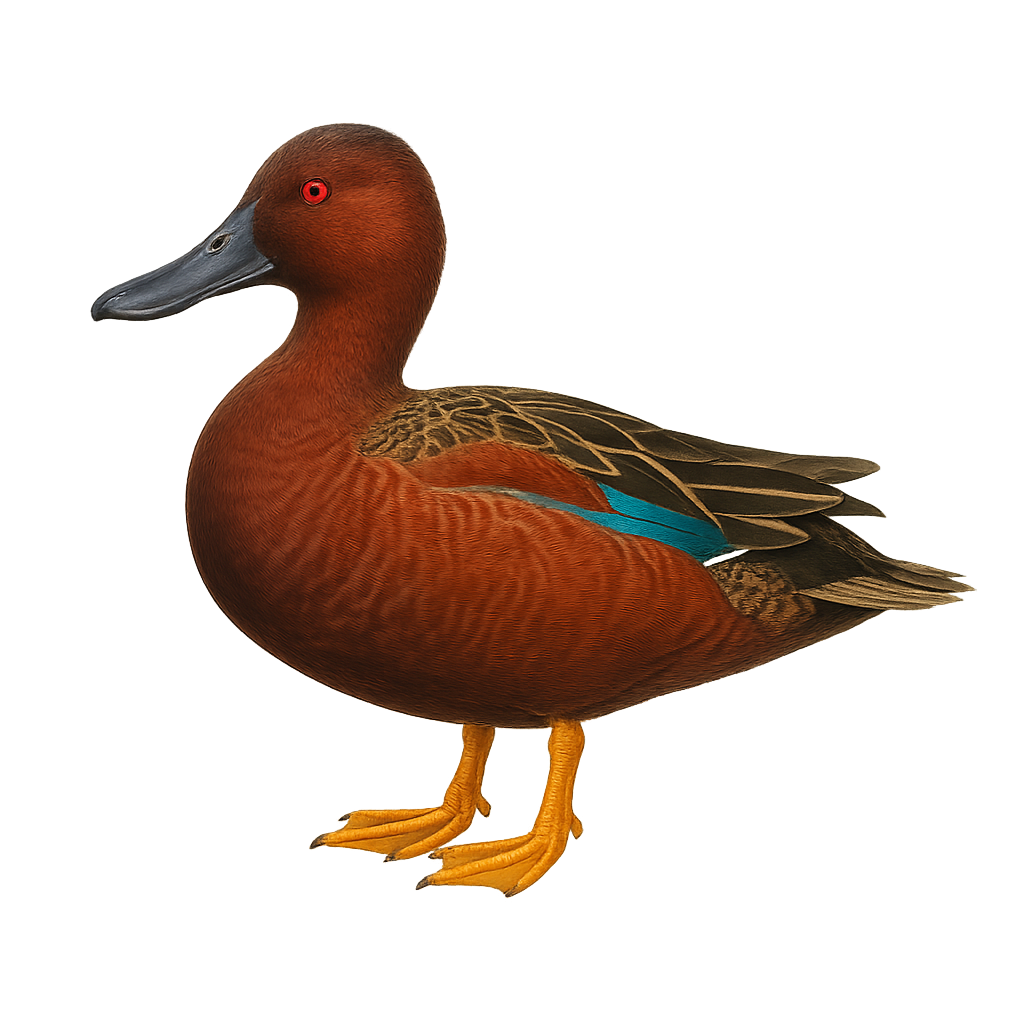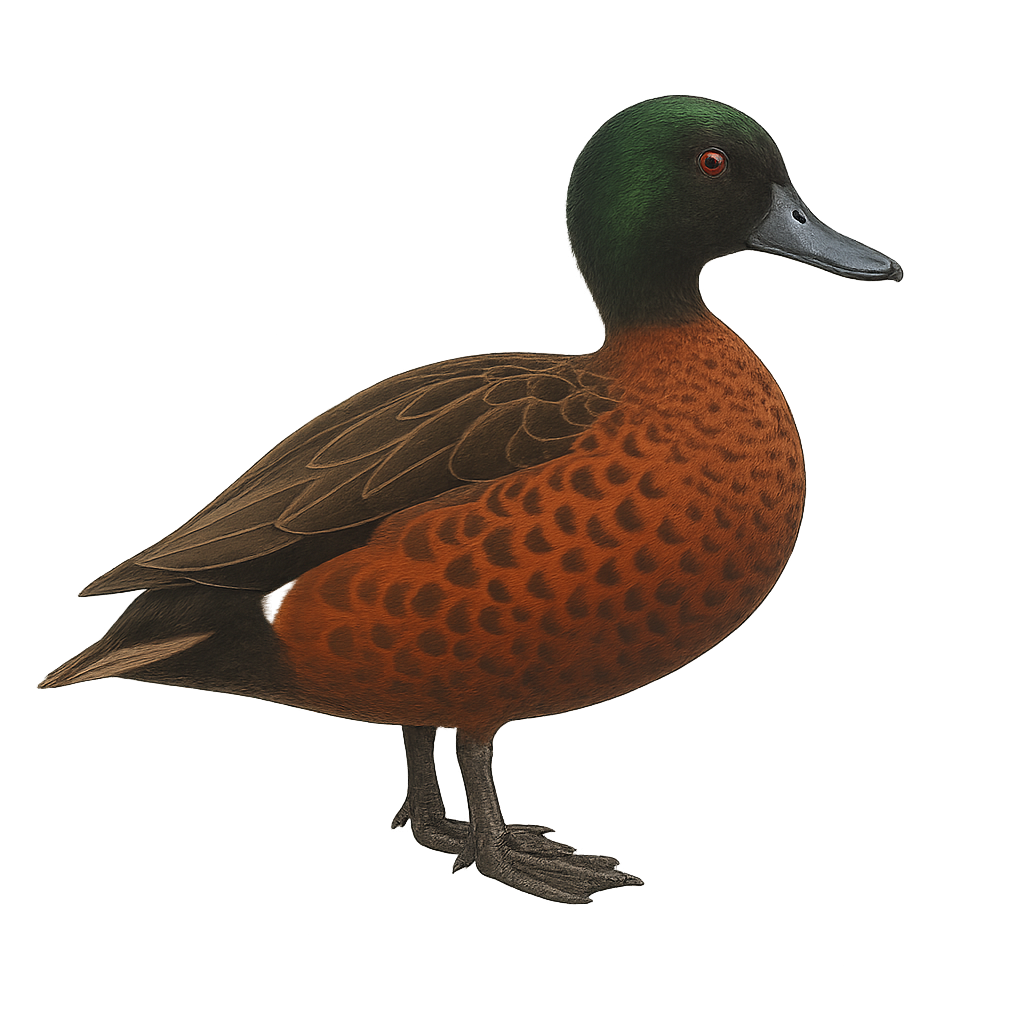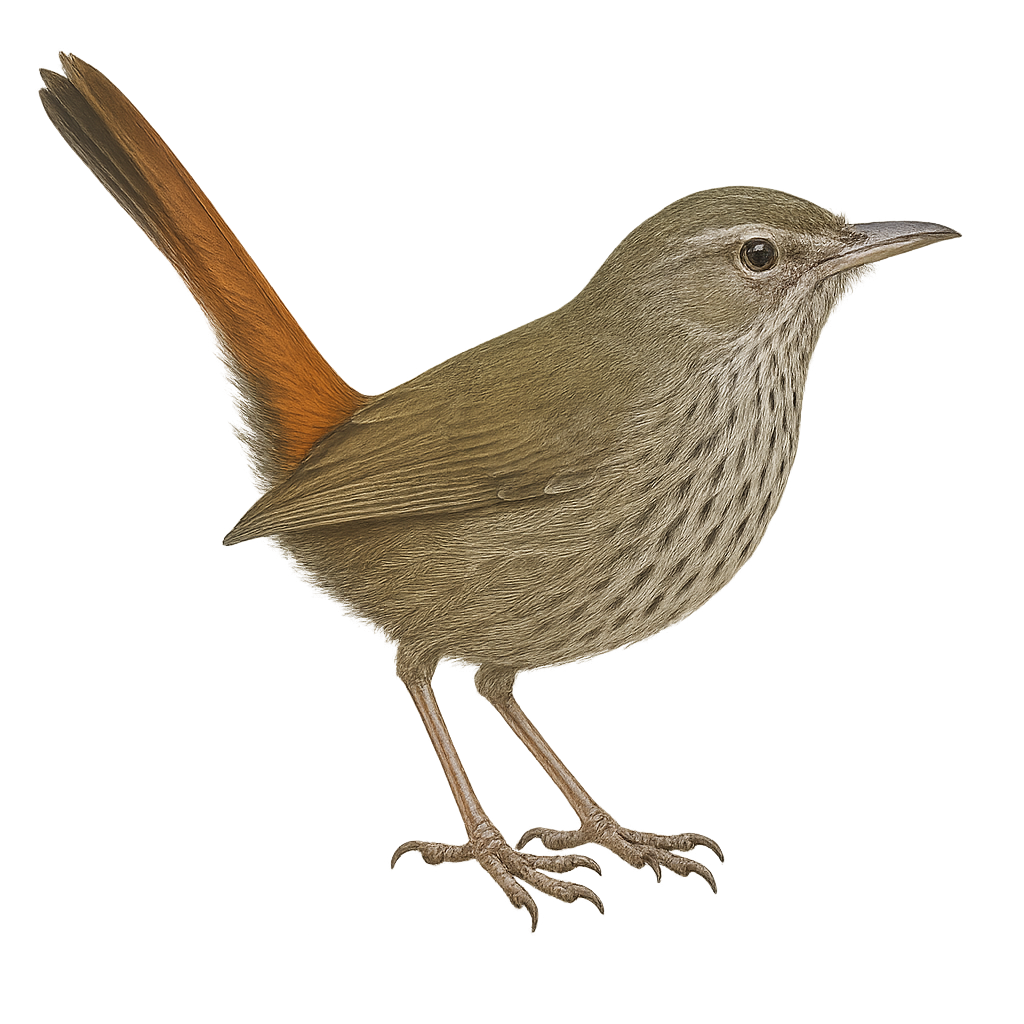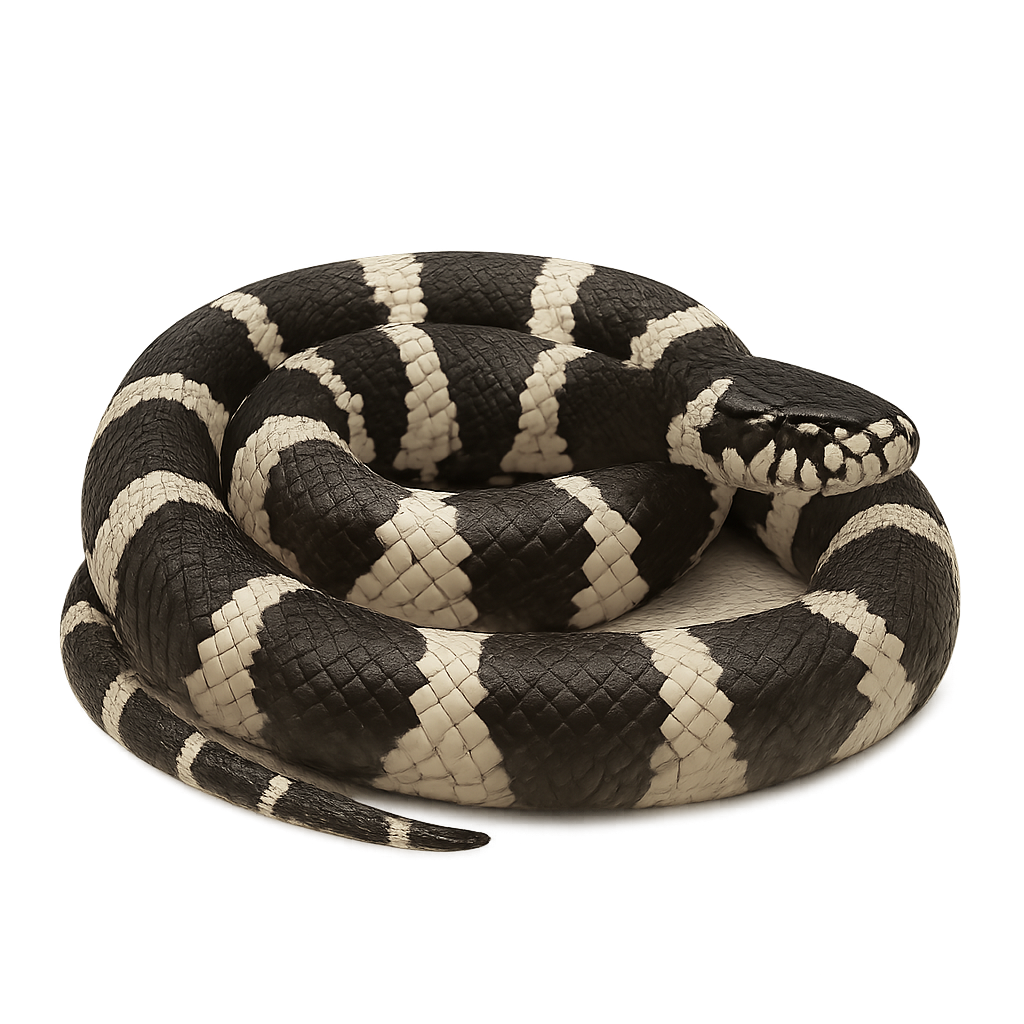The Cape Porcupine, or Hystrix africaeaustralis, is a striking rodent known for its large size and sharp quills. Native to southern Africa, it is the largest of the African porcupines. Its quills, which can grow up to 50 cm long, serve as a defense against predators. Nocturnal by nature, it spends its days resting in burrows or rocky crevices. An omnivore, it primarily feeds on roots, tubers, and fruits. Although generally solitary, it can live in small family groups. Its lifespan can reach up to 20 years in captivity.
The Common Ringtail Possum, or Pseudocheirus peregrinus, is an arboreal marsupial native to Australia. It is easily recognizable by its prehensile tail, which it uses to navigate through trees. This small nocturnal mammal measures about 30 to 35 cm in length, with a similarly sized tail. Its fur is generally gray with brownish tones, and it has a distinctive white stripe on its belly. It primarily inhabits eucalyptus forests, feeding on leaves, flowers, and fruits. The Common Ringtail Possum is a social animal, often living in small family groups in nests called "dreys".
The chiffchaff is a small migratory passerine bird found primarily in clear woods, hedgerows, and gardens across Europe and Asia. It is easily recognized by its greenish plumage and pale belly. This small bird primarily feeds on insects, which it catches by rummaging through vegetation. During the breeding season, it is very active and emits a distinctive song, a series of repetitive notes characteristic of this species.
The Chinspot Batis is a small passerine bird belonging to the Platysteiridae family. It is primarily found in wooded areas and savannas of sub-Saharan Africa. This bird is characterized by its black back contrasting with its white belly and grey flanks. Males display a black breast band, while females have a browner band. They are often seen in pairs or small groups, feeding on insects caught in flight or on foliage. Their song is a soft whistle, often repeated. Although their habitat is relatively stable, they can be affected by deforestation.
The Cape Batis is a small passerine bird native to southern Africa. It is noted for its colorful plumage, featuring a black head, white belly, and a bright orange breast band. Males and females exhibit sexual dimorphism, with females having slightly duller colors. This bird is often found in forests, thickets, and gardens, where it primarily feeds on insects. Known for its melodious songs and territorial behavior, the Cape Batis is a sedentary bird, although it may undertake minor altitudinal migrations depending on the season. Its population is stable, and it is not currently threatened.
The Chinspot Batis is a small passerine bird found mainly in sub-Saharan Africa. It is easily recognizable by its distinctive plumage, featuring a black band across the chest and a contrasting white chin. Males and females show subtle differences in coloration, with males generally having brighter colors. These birds are often seen in pairs or small groups, actively moving through bushes and trees in search of insects. They are known for their melodious and repetitive song, which plays a crucial role in territory defense and mate attraction.
The Crested Quetzal, or Pharomachrus antisianus, is a striking bird found in the humid forests of the Andes. It is known for its vibrant plumage, with shades of emerald green and bright red, and the characteristic long tail of the males. This quetzal is a symbol of beauty and freedom in many South American cultures. It primarily feeds on fruits, but also consumes insects and small vertebrates. Its presence often indicates the health of its forest habitat. Although its conservation status is not alarming, deforestation poses a potential threat to its populations.
The coypu, or Myocastor coypus, is a large semi-aquatic rodent native to South America. It has a robust body, dense waterproof fur, and a long scaly tail. Its prominent incisors are bright orange. Adapted to aquatic life, it is often seen near rivers, lakes, and marshes. The coypu is herbivorous, feeding mainly on aquatic plants. Although valued for its fur, it is often considered a pest due to its impact on local ecosystems and hydraulic infrastructures. Introduced to many regions, it has adapted well and can be found in various wetland habitats.
The Chirique-Flusse Treefrog, scientifically known as Boana pugnax, is a captivating amphibian species native to the tropical rainforests of South America. It is known for its adaptability to various aquatic environments, from rivers to swamps. Its skin, often green with brown hues, provides excellent camouflage among leaves and branches. Males are noted for their loud calls, used to attract females during the breeding season. This species is primarily nocturnal, feeding on insects and other small invertebrates. Although its conservation status is not currently concerning, habitat destruction poses a potential threat.
The corn crake is a rail in the family Rallidae, measuring 23–28 cm with cryptically streaked brown plumage and grey legs. It inhabits damp grasslands and tall vegetation, feeding mainly on insects, earthworms and molluscs taken from the ground. During breeding, the male emits a loud, repeated “crek-crek” call both night and day to attract females and defend territory.
The corsac fox is a small canid 40–50 cm in body length, with dense grey-fawn winter fur and paler summer coat. It inhabits steppes and semi-deserts of Central Asia, feeding on small mammals, insects and wild fruits. During the breeding season, pairs dig or reuse a den to raise 4–8 kits.
The crab-eating fox, or Cerdocyon thous, is a medium-sized canid, measuring about 60 to 70 cm in length with a bushy tail of about 30 cm. Its coat is generally gray with shades of brown and black, allowing it to blend into its natural environment. It is primarily nocturnal and crepuscular, feeding on a variety of foods, including fruits, insects, small mammals, and, as its name suggests, crabs. It is found in various habitats ranging from tropical forests to open savannas, mainly in South America. Although often solitary, it can form monogamous pairs during the breeding season.
The Magellanic Fox is a small carnivore primarily found in the cold and coastal regions of Argentina and Chile, particularly in the Patagonian region. It measures about 60 to 70 cm in length, with a tail of 30 to 35 cm, and weighs between 3 and 5 kg. Its fur is generally gray, with lighter underparts and brown or reddish patches on its back and legs. This fox is omnivorous, feeding on small mammals, birds, insects, but also fruits and plants. It is mainly active during dusk and night, and usually lives alone or in small family groups. While its population remains relatively stable, this species can be threatened by habitat loss and hunting.
The Cape Fox, or Vulpes chama, is a small canid native to the arid and semi-arid regions of southern Africa. It is easily recognizable by its silver-gray fur, large pointed ears, and bushy tail. This fox is primarily nocturnal, allowing it to avoid the intense heat of the day. It feeds on a variety of foods, including insects, small mammals, fruits, and carrion. Although it is an opportunistic predator, it plays a crucial role in controlling rodent populations. The Cape Fox is generally solitary, except during the breeding season. It is well adapted to its environment, capable of surviving with little water, deriving necessary moisture from its food.
The Crimson Finch, or Rhodospingus cruentus, is a bird from the Thraupidae family, known for its striking plumage. Males display a vivid red color on their head and body, contrasting with black wings and tail, while females have duller, often brownish tones. This bird measures about 13 cm in length and weighs between 15 and 20 grams. It is mainly found in tropical and subtropical moist forests, as well as dense shrub areas. The Crimson Finch is a sociable bird, often seen in small groups. Its diet consists mainly of fruits, seeds, and insects. Although its conservation status is currently "least concern", deforestation poses a threat to its natural habitat.
The Common Rosefinch, Carpodacus erythrinus, is a small passerine bird known for its striking plumage. Males display a bright red color on the head, chest, and rump, contrasting with the brown wings and back. Females are more subdued, with brownish tones and streaks on the belly. This bird measures about 13 to 15 cm in length with a wingspan of 22 to 26 cm. It is primarily found in deciduous forests, shrublands, and wet meadows across Europe and Asia. A migratory species, it winters in India and Southeast Asia. Its melodious and varied song is often heard in spring and summer, the breeding season.
The Cassin's Finch is a medium-sized songbird belonging to the Fringillidae family. It is primarily found in the coniferous forests of western North America, especially in the Rocky Mountains. Males display a rosy hue on their head, chest, and rump, while females and juveniles are duller with brownish patterns. This finch primarily feeds on seeds, buds, and small fruits. It is often seen in small flocks, especially outside the breeding season. Its melodious and varied song is a distinctive feature of its behavior, used to attract mates and mark territory.
The common redstart is a small passerine of 12–14 cm with bluish-grey upperparts and bright orange underparts, featuring a white forehead and black facial mask. It inhabits mixed woodlands, edges, parks and gardens, feeding mainly on insects caught on the wing and on the ground. During breeding, males sing from low perches to attract females and defend territories.
Cetti's warbler is a small passerine, 11–13 cm long, with dull brown-olive plumage and pink legs. Secretive species of riverside scrub and reedbeds, feeding mainly on insects and spiders. During breeding the male sings loudly from an exposed perch to mark its territory.
The common reed warbler is a medium-sized warbler, about 13 cm long, with plain brown upperparts and buff underparts. It is secretive in reedbeds, feeding chiefly on insects and spiders gleaned from stems. During breeding, the male sings from a low perch to defend its territory and court the female.
The California Newt, Taricha torosa, is a fascinating amphibian native to the west coast of the United States. It is distinguished by its rough skin and bright coloration, ranging from dark brown on the back to bright orange on the belly. This coloration serves as a warning to potential predators, as it secretes a powerful toxin called tetrodotoxin. Typically measuring between 12 and 20 cm, it primarily inhabits moist forests, grasslands, and riparian zones. During the breeding season, it migrates to ponds and streams to lay its eggs. Although primarily terrestrial, it returns to water to breed. Its ability to regenerate body parts makes it an interesting subject of study for scientists.
The Corsican Salamander, or Salamandra corsica, is an amphibian endemic to the island of Corsica. It is characterized by its black skin adorned with irregular yellow spots, a pattern that varies among individuals. This salamander prefers humid and shaded habitats, such as oak and pine forests, as well as rocky areas near watercourses. It is primarily nocturnal, hiding under stones or in crevices during the day. Its reproduction is viviparous, with females giving birth to aquatic larvae. Although its population is stable, it is sensitive to environmental changes and water pollution.
The Chinese giant salamander, Andrias davidianus, is the largest amphibian in the world, reaching up to 1.8 meters in length. It primarily inhabits mountain rivers and lakes in China. Its skin is rough and dark brown, allowing it to blend into its aquatic surroundings. It is mainly nocturnal and feeds on fish, crustaceans, and insects. Unfortunately, this species is critically endangered due to habitat loss and water pollution. The Chinese giant salamander is also threatened by illegal hunting for its meat, considered a delicacy.
The Coastal Giant Salamander, Dicamptodon tenebrosus, is a fascinating species of salamander primarily inhabiting the moist forests of the Pacific Northwest in North America. Known for its large size, it can grow up to 35 cm in length. Its skin is typically dark brown with lighter marbled patterns, allowing it to blend effectively into its natural surroundings. This salamander is mostly nocturnal, feeding on invertebrates, small fish, and occasionally small mammals. It plays a crucial role in the ecosystem by regulating insect populations and serving as prey for other animals. Although relatively tolerant of human disturbances, habitat destruction poses a threat to its survival.
The California tiger salamander is a stout-bodied salamander 15–20 cm long, with a black dorsum marked by yellow or cream spots. Endemic to grasslands, agricultural lands and open woodlands of central and coastal California, it depends on fishless temporary ponds to breed, migrating nocturnally from upland burrows. Adults shelter in rodent burrows during dry periods.
The Cinnamon Teal, or Spatula cyanoptera, is a small dabbling duck found primarily in North and South America. It is recognizable by its reddish-brown plumage in males, while females display more subdued shades of brown and gray. This species prefers wetland areas such as marshes and ponds where it feeds mainly on aquatic plants, seeds, and insects. The Cinnamon Teal is a migratory species, moving south during the winter months. It is often seen in small groups and is known for its fast and direct flight.
The Chestnut Teal, Anas castanea, is a dabbling duck species native to Australia. This duck exhibits marked sexual dimorphism: the male has a metallic green head and chestnut breast, while the female is duller with brown and grey hues. They primarily inhabit wetlands, estuaries, and coastal marshes. Their diet consists of aquatic plants, insects, and small invertebrates. They are often seen in small groups and are known for their relatively tolerant behavior towards humans. The breeding season varies by region but generally occurs in spring and summer.
The Chestnut-rumped Heathwren is a small bird endemic to Australia, primarily found in wooded areas and heathlands. Its modest size and discreet plumage, dominated by brown tones and a distinctive chestnut rump, make it difficult to spot in its natural habitat. This bird is known for its melodious and complex song, often heard before being seen. It primarily feeds on insects and small invertebrates, which it finds by foraging on the ground and leaf litter. The Chestnut-rumped Heathwren is a sedentary bird, rarely observed outside its usual territory. Although its conservation status is currently stable, habitat destruction poses a potential threat to its population.
The Lampropeltis getula, commonly known as the common kingsnake, is a non-venomous snake native to North America. It is renowned for its ability to resist the venom of other snakes, allowing it to hunt and consume them. This snake exhibits a varied coloration, often black with white or yellow bands. It can reach a length of 1.2 to 1.8 meters. The kingsnake is an opportunistic predator that feeds on rodents, birds, lizards, and other snakes. It is generally active at night and prefers habitats such as forests, grasslands, and rocky areas. Although often captured for the pet trade, it remains abundant in the wild.
The Crested Serpent Eagle, scientifically known as Spilornis cheela, is a medium-sized raptor distinguished by its prominent crest and piercing eyes. It primarily inhabits the tropical and subtropical forests of South and Southeast Asia. Its dark brown plumage is speckled with white spots, and its broad wings allow it to soar gracefully. An opportunistic predator, it mainly feeds on snakes, but also preys on lizards and small mammals. Its sharp call often echoes through the forests it inhabits. Although its habitat is threatened by deforestation, it remains relatively common within its range.



